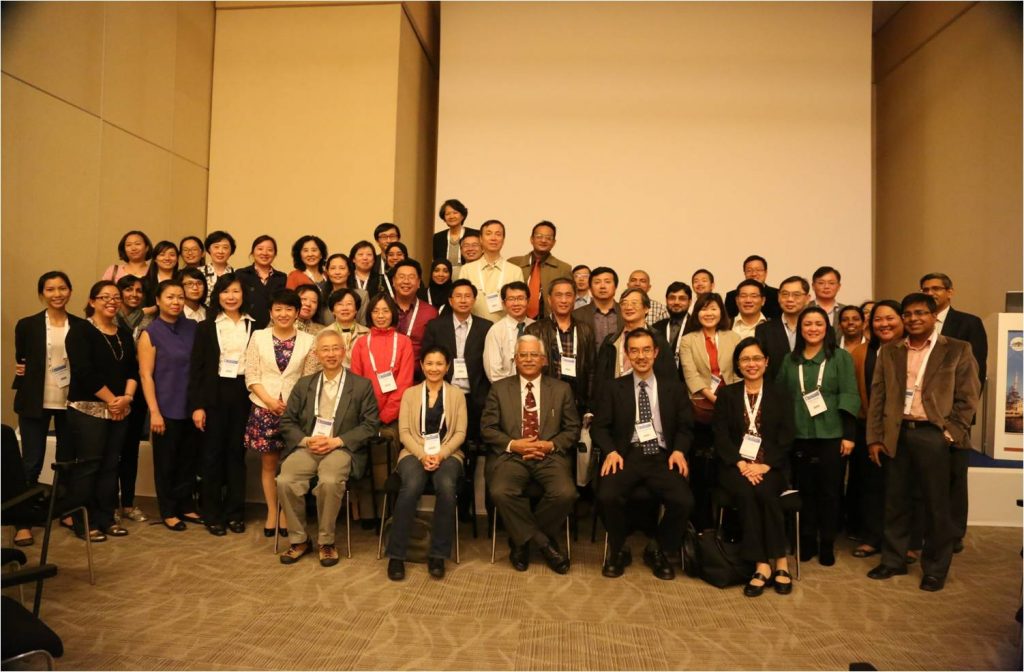
Asian PIC group at the 2014 WFPICCS Congress in Istanbul
by Professor Sunit C. Singhi
Pediatric Intensive Care in India started in early 90s, almost simultaneously at 4 centres in north, south and West by individual efforts. The pioneering Institutions were PGIMER, Chandigarh (Dr Sunit Singhi ), Sir Ganga Ram Hospital, Delhi (Dr K Chugh), Hinduja Hospital, Mumbai (Dr. Soonu Udani) and Child Trust Hospital, Chennai, (Dr Suchitra Ranjit). The pioneers were trained and worked abroad and returned to India to set up PICUs. Soon the specialty became popular with the pediatricians and in 1996 there were already 21 centres offering pediatric Intensive Care. Various mile stones in the growth of PIC are shown in table 1. The number grew steadily as shown in table 2 and table 3. In 2004 the number of Intensive Care units in the country had passed one hundred. During the early period many of worked with Limited Gadgets and equipment and tried to have indigenous manufactured equipment.
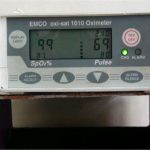
Indian made oxymeters used by us in 1990s
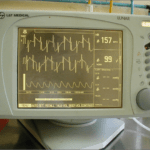
Multipara monitors in use in 1990s
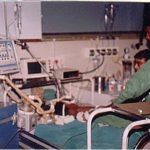
PICU at PGI MER, Chandigarh, 1996-97
The tremendous growth in Pediatric Intensive Care had a lot to with continuous emphasis on training programs. Indian Academy Pediatrics (IAP) was quick in realising the importance of critical care training. IAP introduced Pediatric Advanced Life Support courses early nineties with help of our friends from the USA, especially Dr N Janakiraman. In 1995 a formal IAP-PALS courses were launched with me at the first national convener of the course. By the Year 2000 we had conducted almost 200 courses and had trained more than 7000 pediatricians.
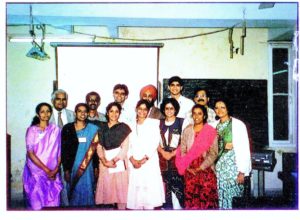
First batch of PALS instructors trained in India, PGIMER, Chandigarh, 1995
A formal Pediatric Intensive Care group was formed within Indian Academy of Pediatrics in 1994 under the convener ship Dr K. Chugh. Subsequently it became IAP Intensive Care chapter under my chairmanship in the Year 1998. A Pediatrics section also started within Indian Society of Critical Care medicine with Dr Pravin Khilnani as the first chair. Formation of the professional bodies gave tremendous impetus to the growth of the speciality as shown in table 4. We had first National Conference of Pediatric Intensive Care in Nagpur under leadership Dr Satish Deopujari in the year 1999. It was followed next year at Chandigarh. Since then the conference is held every year with a galaxy of a speakers from India and abroad in the faculty discussing frontiers of the PIC. Even 26/11 terrorist attack of Mumbai did not dilute the resolve to hold the Conference in Mumbai on the same dates. An important and very popular part of the Conferences has been the Workshops helping with skill development, which are often attended by delegates from neighbouring Asian countries.
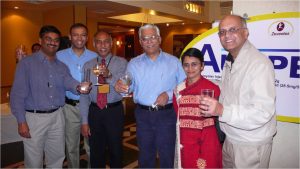
Unfazed by 26-11 Terrorist attack faculty for the National Conference 26 Nov 2008
From National to International conference was not a long journey. In 2007, we organised an International Advanced Course in PIC and in 2009, First Asian Congress of Ped Intensive Care at Chandigarh. The later was attended by delegates from 21 countries and regional leaders from Asia, and the faculty included giants of Ped Intensive care such as Prof Geoff Barker, Dr Patrick Kochanek, Dr. Niranjan Kissoon, Dr Andrew Argent, Dr D Bohn and many others.
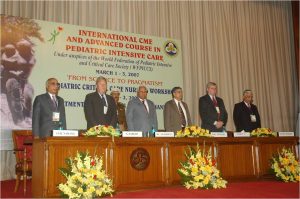
International CME & Advanced Course 2007
The teaching through short course by various Institutions created a demand for more organised formal training. In the Year 2000, 5 of us set together, me, Dr. Chugh, Dr Udani, Dr Ranjit, Dr Khilnani and decided to form a Pediatric Critical Care Council with the aim to develop a 1 years course under the aegis of Indian Academy of Pediatrics and Indian Society of Critical Care medicine, and accredit teachers and infrastructure for such a training. We sat for full two days, year after year to plan the end-of -training examination These endeavours of developing teaching program, end of the training evaluation and certification of training were tremendously supported by our friends from USA especially Drs. Ashok Sarnaik, Mohan Mysore, and Shekhar Venkatraman, and Dr Marraro from Italy. They and many other friends returned year after year on their own expenses to help us grow.
The first set of 4 trainees were from the four pioneering centres. The number of centres providing one year Fellowship training swell to 23 by 2009. With the growing knowledge and skills required in practice of PIC the fellowship was extended to two years. Simultaneously a two year fellowship in Pediatric Critical Care of National Board of Examinations was started in 2007 and a full-fledged 3 years training program, DM pediatric Critical Care, started in 2009 at PGIMER, Chandigarh. The current status of training facilities is given in table 5
Although the training and education were going strong but the research was lagging behind. PGIMER, Chandigarh and AIIMS Delhi were the only centre regular with research but soon the research picked up and Indian pediatric intensivists have contributed many original papers addressing the common issues notable among these papers on fluid therapy meningitis and pneumonia, fluid overload and multi-modal monitoring in Dengue, on diagnosis of VAP, perfusion pressure targeted therapy of CNS infections, role of probiotics in reducing candidemia in Pediatric Intensive Care units, management of septic shock specially fluid therapy, use of inhaled steroids in moderate exacerbation of asthma role of magnesium sulfate infusion in acute severe asthma. A multi-centre study on Tropical febrile illness under the ageis of ISCCM has helped in defining ICU treatment and consolidating guidelines for management of various tropical infections. Indian studies had been among winners of best paper awards at 2014 and 2016 WFPICCS Congress at Istanbul and Toronto respectively. Currently a multi-centre collaboration is in place addressing locally relevant issues. Pediatric Intensive Care Chapter Indian Academy of Pediatrics has also launched its own Journal, The Journal of Pediatric Intensive Care in 2013.
In nutshell, in last two decades India has made significant gains in the management of critically ill children. A well organized, multiple layered, training program has evolved- we are one of the few countries with a well organized training program in Pediatric Critical Care. We are now in a position to offer training in the field to physicians from other developing countries. Most of the PICUs in metropolitan cities have ‘state of Art’ facilities including ECMO. In large cities transport of critically ill child has moved on from a hand–ventilated child in a basic ambulance to a ‘state of art’ transport with that includes a trained team, transport ventilators, oximetry and ETCO2 etc.. Children previously thought to be too unstable for transport can now be safely transported from one center to a higher one.
We are continuously moving towards a more organised, state of art PIC facilities in Asia and had an Asian group meeting at Istanbul and now the WFPICCS Congress in concerning issue is facing the delivery of Intensive care in India is the disparity of care in various regions, Rural & Urban and the ‘Have & have nots’. This disparity is increasing with time in spite of the significant successes in the field of critical care in India. It is difficult to get appropriate facilities developed in tier two and three cities. We need to find ways of supporting the development of Pediatric critical care; facilitating the growth and development of research in pediatric critical care and supporting the work and development of all people who work in the setting of pediatric critical care.
